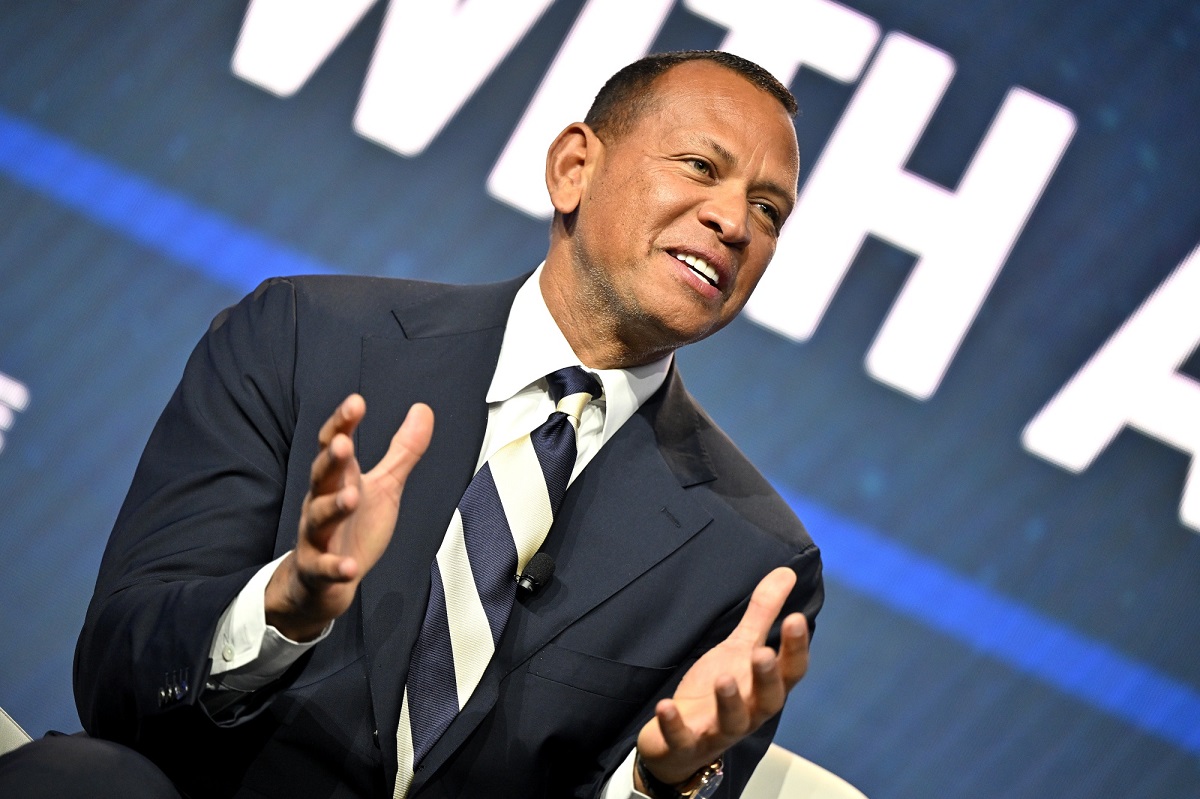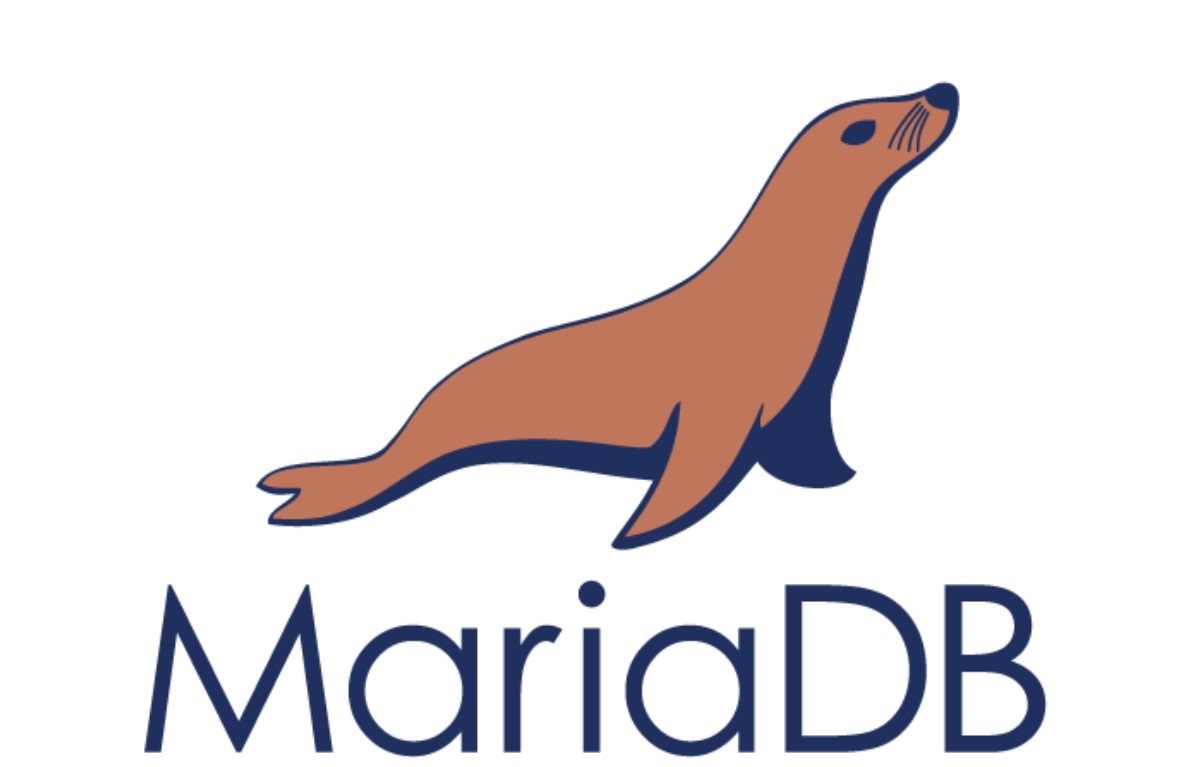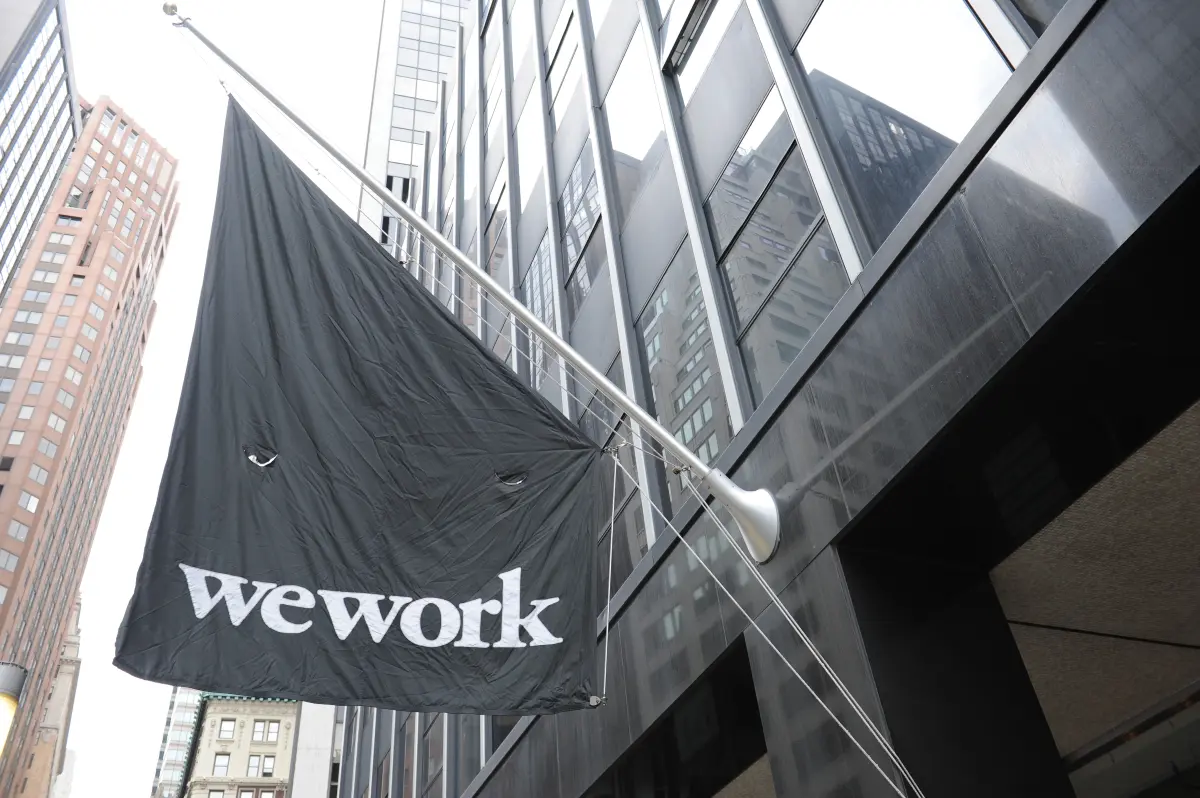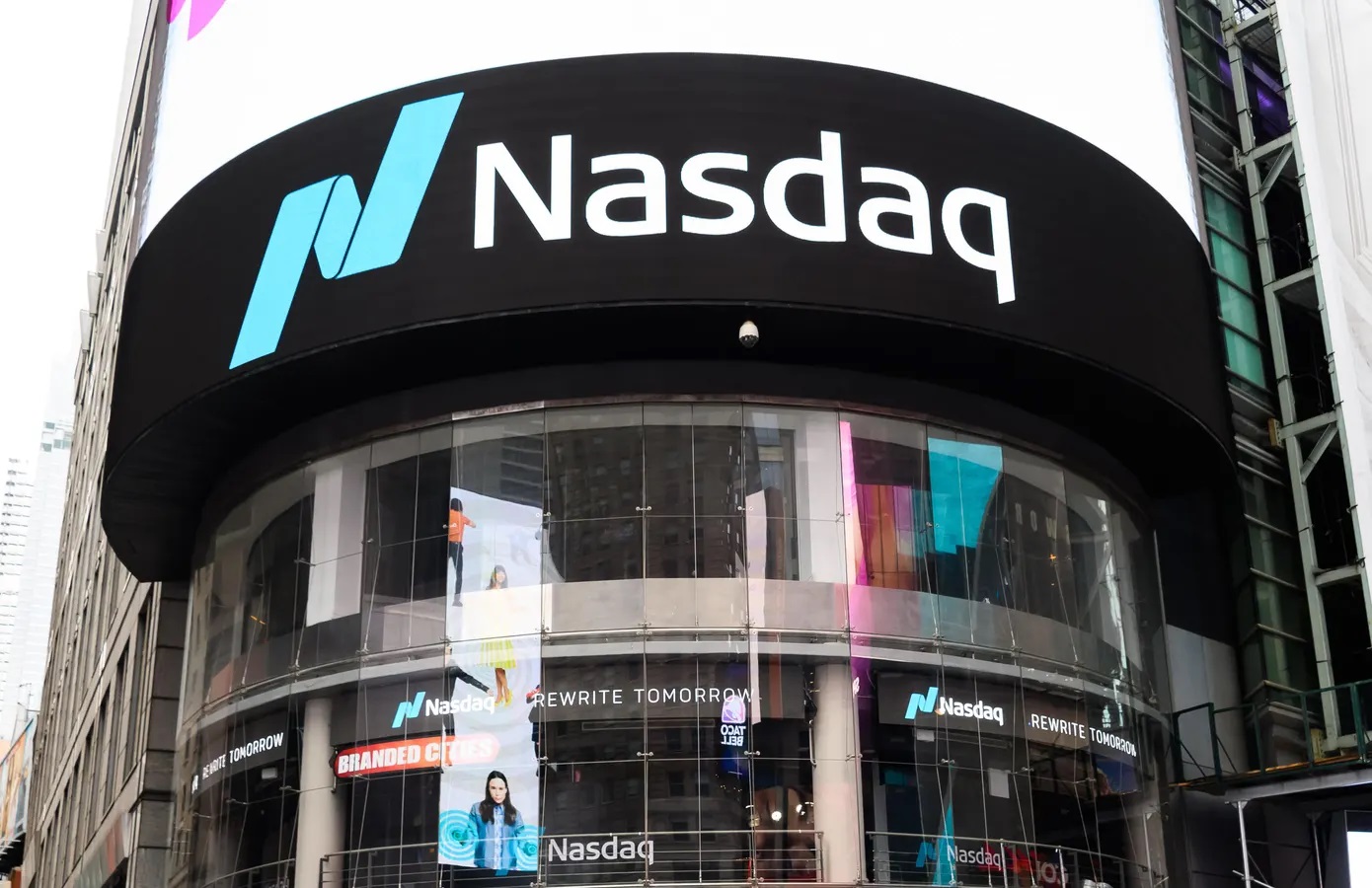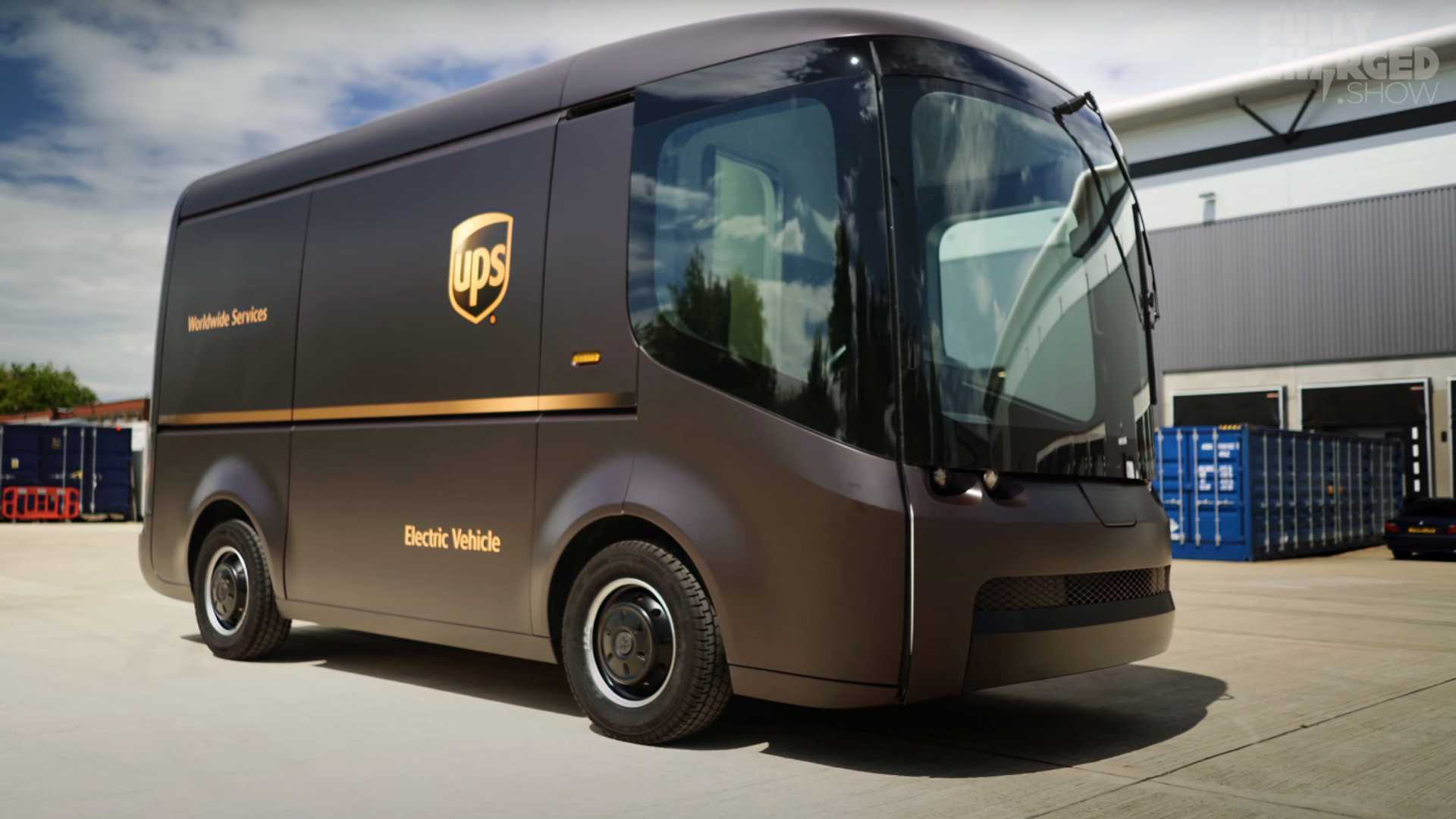Satellite-to-phone connectivity provider Lynk Global is set to make its debut on the public markets through a merger with a shell company led by former professional baseball player Alex Rodriguez. The merger was confirmed on Monday following the announcement of a non-binding LOI with Rodriguez’s special purpose acquisition company (SPAC), Slam Corp, in December. The deal could potentially give Lynk a $913.5 million post-money valuation, as stated in an investor presentation filed with regulators.
Key Takeaway
Lynk Global is poised to enter the public markets through a SPAC merger with Slam Corp, aiming to leverage the capital raised to expand its satellite production and compete in the global connectivity market.
Entering the Public Markets
Lynk Global’s move to go public through a SPAC merger with Slam Corp signifies a significant milestone for the satellite-to-phone connectivity provider. The merger, expected to be completed in the latter half of the year, will see Lynk trading under the ticker symbol $LYNK on the Nasdaq.
Capital Structure and Market Competition
While the merger with Slam Corp presents an opportunity for Lynk to access the public markets, it is noteworthy that much of the capital from the transaction will not come from the SPAC itself. The company revealed that approximately $800 million of the new capital will come from existing shareholder equity rollover, $110 million from private-investment-in-public-equity (PIPE), and a modest $25 million from cash held in trust by the SPAC.
Lynk Global, which has already made inroads into international commercial markets, is gearing up to compete with established players such as Starlink, Apple’s Globalstar partnership, and AST Space Mobile. The company has launched eight satellites, with plans to operate a constellation of 5,000 satellites in low Earth orbit. This ambitious goal aligns with its vision to provide global connectivity through its patented technology, which is compatible with unmodified cell phones, including those operating on 2G networks.
Business Model and Future Plans
Lynk’s business model involves contracting with mobile network operators (MNOs) and telecom providers, aiming to position itself as a trusted wholesale provider to MNOs rather than directly targeting consumers. The company’s technology enables MNOs to expand network coverage while maintaining their relationship with subscribers. Lynk’s satellites are designed to provide minimal coverage in areas where traditional networks are unavailable, facilitating emergency messaging and other essential services globally.
The company also outlined its plans for satellite production, indicating that the financing from the merger will be utilized to scale production to 12 satellites per month. With this accelerated production rate, Lynk aims to have 74 satellites in service by the fourth quarter of 2025, projecting $175 million per month in annualized revenue.
Challenges and Opportunities
Despite the promising prospects associated with the SPAC merger, Lynk Global and Slam Corp are not immune to the challenges that have affected other space companies that went public through SPAC mergers. It is crucial for investors to consider the potential risks and uncertainties, especially in light of the track records of other companies in the space industry.







